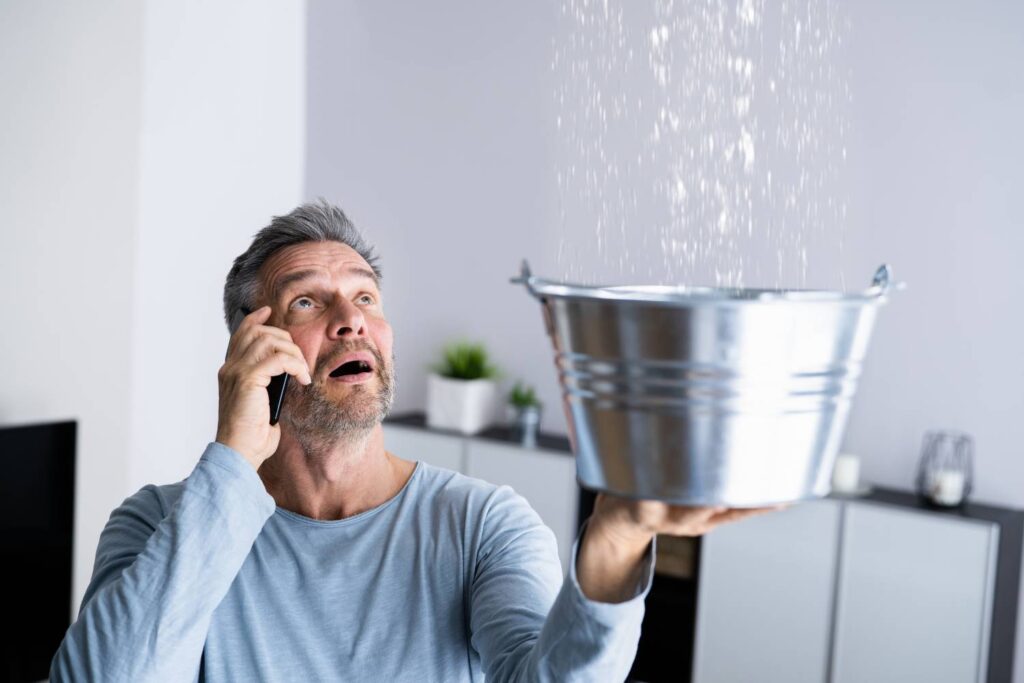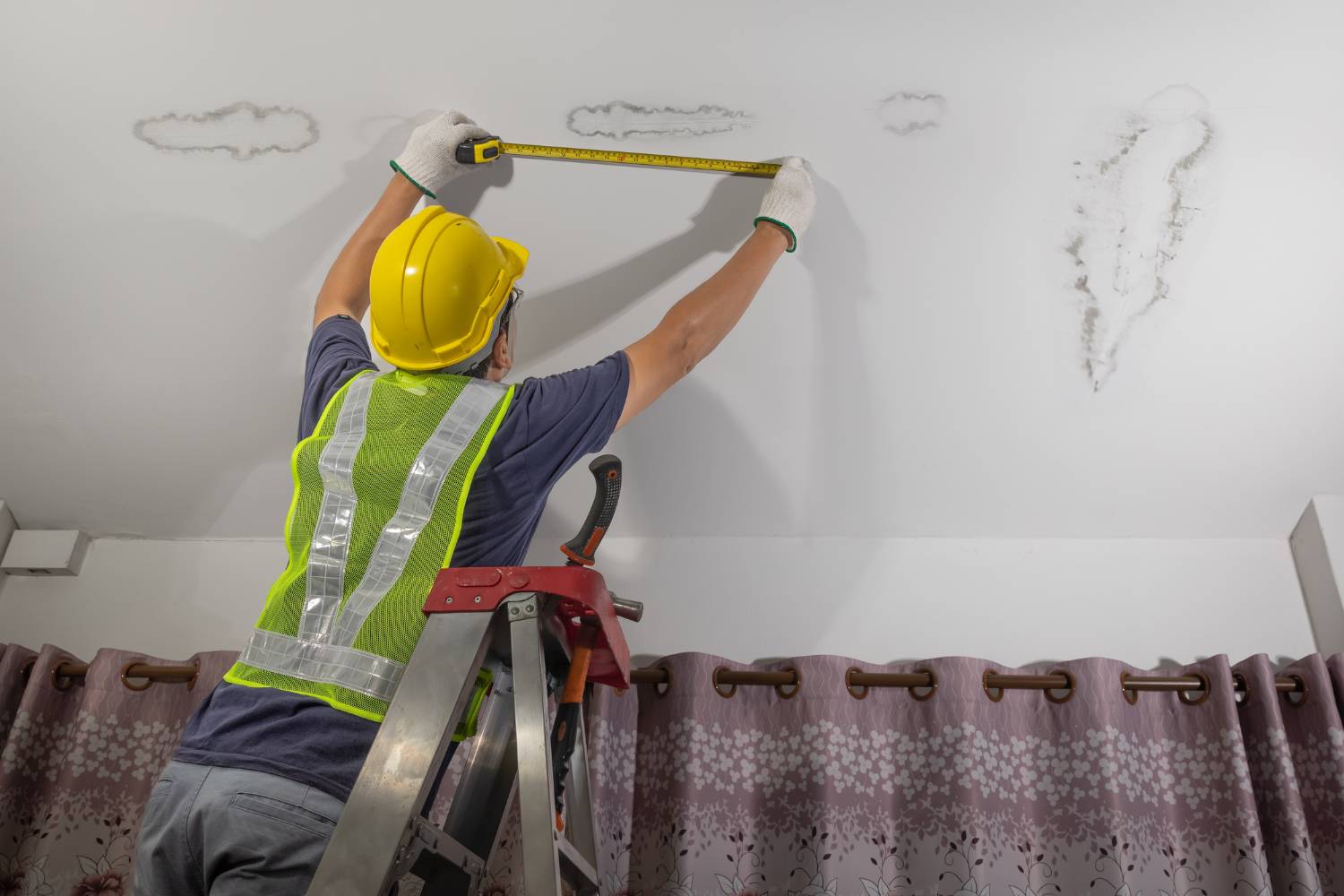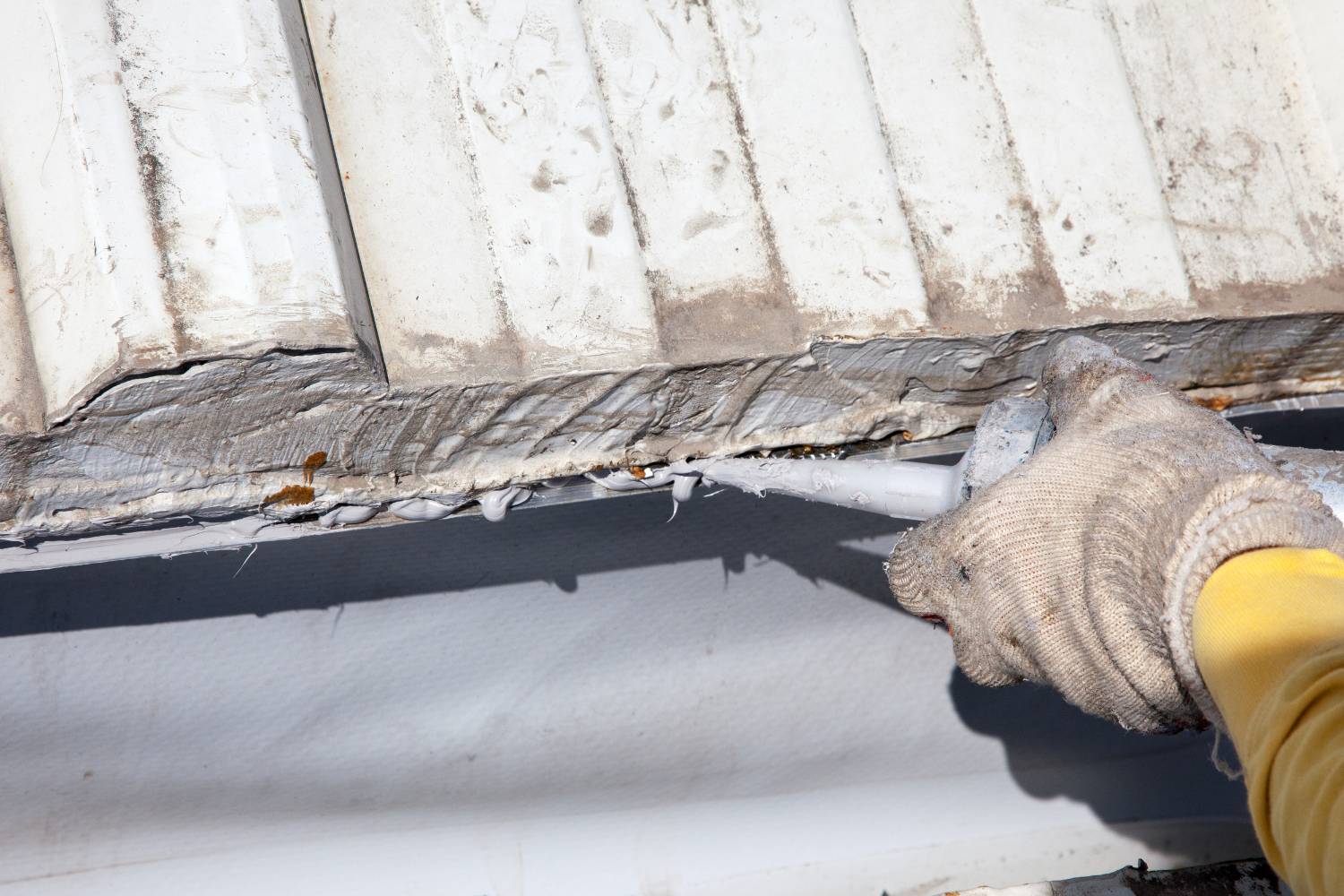Maintaining your roof is essential to protect your home from the elements and ensure its structural integrity. Roof leaks can cause significant damage, including interior water damage, mould growth, and structural issues. Understanding how to prevent these leaks is crucial, and one effective preventive measure is regular roof cleaning.
Roof cleaning involves removing dirt, debris, and biological growths from the roof's surface to maintain its integrity and appearance. By regularly cleaning your roof, you can prevent water buildup and pooling, reduce the growth of moss, algae, and lichen, and spot potential issues early on.
Incorporating regular roof cleaning into your maintenance routine can extend the life of your roof, enhance the appearance and value of your home, and help avoid costly repairs. This guide will walk you through the various causes of roof leaks, the steps to take when a leak occurs, and best practices for roof cleaning. Understanding these key aspects will help you keep your roof in top condition, ensuring your home remains safe, dry, and comfortable for years to come.
How Do Roof Leaks Occur?
Roof leaks can be a major headache for homeowners. Understanding the common causes of these leaks can help in preventing and addressing them effectively. Here's a comprehensive look at how roof leaks occur:
Common Causes of Roof Leaks
People and Foot Traffic
Roofs are designed to tolerate moderate foot traffic, allowing for necessary maintenance activities. However, excessive or careless activity, particularly around HVAC systems and other rooftop equipment, can cause significant damage. The frequent need for access to these areas makes them especially vulnerable.
Carelessness can lead to wear and tear, while dropped tools or mishandled parts can puncture roofing materials, resulting in leaks. Even small punctures can allow water to seep in, causing extensive internal damage over time. Therefore, it is crucial to manage foot traffic carefully to preserve the integrity of the roofing system.
Seams and Membrane Issues
Seams where roofing materials overlap are vulnerable points. Delamination, or the separation of layers, can occur at these seams, especially around flashing, pipes, or older patches, allowing water to seep in.
Neglect and Lack of Maintenance
Neglecting roof maintenance can lead to dried-out pitch pans and caulking, creating entry points for water. Regular inspections and resealing are essential to prevent minor issues from becoming major problems.
Rooftop Equipment
Areas around heavy equipment like HVAC units and exhaust fans are prone to punctures and leaks. Screws can loosen, and gaskets can deteriorate, providing paths for water infiltration.
Weather and Environmental Exposure
Ice and snow buildup can cause water ponding and leaks. Sun exposure, storms, and temperature fluctuations can degrade roofing materials over time, leading to leaks.
Improper Installation
Poor installation practices, such as improperly driven nails, can cause leaks. Nails that are not driven in correctly can work their way up through shingles, allowing water to penetrate.
Debris and Gutter Issues
Clogged gutters and valleys can cause water to back up and seep under shingles. Proper maintenance of gutters and removal of debris are crucial to prevent leaks.
Chimney and Skylight Problems
Chimneys with deteriorating mortar joints or flashing issues can leak. Skylights are prone to leaks if not installed correctly or if their seals fail.
Vent and Pipe Boot Failures
Pipe boots and vent collars can deteriorate over time, particularly under UV exposure, leading to leaks. Regular inspection and replacement of these components can prevent leaks.
Steps to Take When Your Roof is Leaking
When your roof is leaking, there are several steps you should take to mitigate damage and address the problem. First, protect your belongings by moving them away from the leak or covering them with tarps. Buckets and towels are used to capture and contain the leaking water to prevent further damage. If you notice a bulge in your ceiling, carefully puncture it to release the water and prevent a larger collapse.
For temporary protection, cover the leaking area with a tarp until professional repairs can be made. Document the damage by taking photos for insurance purposes to facilitate claims. Contact a professional roofer to assess and repair the leak properly. Finally, routine roof maintenance should be conducted to identify and fix potential issues before they become major problems.
The Role of Roof Cleaning
Roof cleaning refers to the process of removing dirt, debris, and biological growth from the roof's surface to maintain its integrity and appearance. There are several methods used in roof cleaning, each suited to different types of roofing materials and levels of contamination. Manual cleaning involves physically removing debris like leaves and branches by hand or using tools, which is gentle but labour-intensive.
Pressure washing uses high-powered water jets to clean the roof, effectively removing stubborn dirt and growths, but it must be done carefully to avoid damaging delicate roofing materials. Chemical treatments involve applying specially formulated solutions that kill and prevent the regrowth of moss, algae, and lichen, providing a longer-lasting clean.
Regular roof cleaning offers numerous benefits, including the removal of debris that can trap moisture and cause leaks, the prevention of moss, algae, and lichen growth that can deteriorate roofing materials, and overall improvement in the roof's lifespan and appearance, ensuring it remains both functional and aesthetically pleasing for years to come.
How Roof Cleaning Prevents Leaks
Regular roof cleaning plays a crucial role in leak prevention by addressing several key factors that contribute to a roof's overall health and durability. First and foremost, it prevents water buildup and pooling by ensuring that gutters and downspouts are free of debris. Leaves, twigs, and other materials can clog these drainage systems, causing water to overflow and seep into the roof structure.
This excess moisture can compromise the integrity of the roof, leading to leaks that may damage the home's interior and structure. Proper water drainage is essential in maintaining a dry and stable roof, and regular cleaning ensures that the pathways for water to exit are always clear and functional.
Secondly, roof cleaning significantly reduces the growth of moss, algae, and lichen, which are notorious for damaging roofing materials. These organisms thrive in moist environments, and once they establish themselves on a roof, they can retain moisture against the roofing materials.
This persistent dampness accelerates the wear and tear on shingles and tiles, breaking down their protective capabilities and making them more susceptible to leaks. By regularly removing these growths, homeowners can prevent the underlying roofing materials from deteriorating prematurely, thereby avoiding the need for costly repairs or replacements.
In addition to these preventive measures, routine roof cleaning provides an excellent opportunity for the early detection of potential issues. During the cleaning process, it becomes easier to spot damaged or missing shingles, which are common entry points for water. Identifying these problems early on allows homeowners to address them promptly before they develop into larger, more expensive issues. Signs of wear and tear, such as cracks, curling, or loose materials, can also be spotted during a thorough cleaning, enabling timely maintenance that can extend the roof's lifespan.
Moreover, maintaining a clean roof enhances the overall appearance and value of a home. A well-kept roof contributes to the aesthetic appeal of the property, which is beneficial not only for personal satisfaction but also for increasing the home's market value. Potential buyers are more likely to be attracted to a home that shows evidence of good maintenance practices, including a clean and well-cared-for roof.
By incorporating regular roof cleaning into their home maintenance routine, homeowners can proactively address a wide range of concerns that, if left unattended, could lead to significant damage and expense. This preventive measure not only extends the life of the roof but also safeguards the home from the costly consequences of leaks, ensuring that the living environment remains safe, dry, and comfortable for years to come.
Best Practices for Roof Cleaning
Adhering to best practices for roof cleaning is essential to maintain the health and longevity of your roof. The recommended frequency of roof cleaning largely depends on seasonal considerations and local climate factors. In regions with heavy foliage or frequent storms, more frequent cleaning might be necessary, while arid areas may require less frequent attention. Deciding between DIY and professional cleaning involves weighing the pros and cons of each approach.
DIY cleaning can be cost-effective and convenient, but it requires proper safety precautions and knowledge of effective techniques to avoid damaging the roof. On the other hand, professional cleaning ensures expertise and efficiency, though it comes at a higher cost. Safety is paramount for DIY cleaning, including using the right equipment, working during safe weather conditions, and taking measures to prevent falls.
Additionally, choosing the right cleaning method is crucial for different roof types. Asphalt shingles require gentle cleaning to prevent granule loss, tile roofs benefit from low-pressure washing to avoid cracking, and metal roofs often need special cleaners to prevent corrosion. By following these best practices, homeowners can effectively clean their roofs while protecting their investment and ensuring their homes remain leak-free.
Conclusion
Regular roof maintenance, including thorough cleaning, is essential for preventing leaks and extending the lifespan of your roof. Understanding the common causes of roof leaks, such as foot traffic, seams and membrane issues, neglect, and weather exposure, can help you take proactive measures to protect your home. By regularly removing debris, moss, algae, and lichen, you can prevent moisture buildup and address potential issues early before they develop into major problems.
Incorporating roof cleaning into your home maintenance routine not only enhances the aesthetic appeal and value of your property but also ensures a safe and comfortable living environment. By following best practices for roof cleaning and conducting routine inspections, you can safeguard your roof against leaks and other damages, ultimately saving on costly repairs and preserving the structural integrity of your home. Make roof cleaning a regular part of your maintenance routine to enjoy the long-term benefits of a well-maintained roof.
Frequently Asked Questions
Regular roof cleaning should be done at least once a year. However, in areas with heavy foliage, frequent storms, or high humidity, more frequent cleaning may be necessary to prevent debris buildup and biological growth that can lead to leaks.
The best methods for roof cleaning include manual cleaning, pressure washing, and chemical treatments. Manual cleaning is gentle but labour-intensive, pressure washing is effective but must be done carefully to avoid damage, and chemical treatments can prevent moss, algae, and lichen regrowth for a longer-lasting clean.
Roof cleaning can prevent leaks by removing debris that traps moisture, preventing moss, algae, and lichen growth that deteriorates roofing materials, and allowing for early detection of potential issues such as damaged or missing shingles.
While DIY roof cleaning can be cost-effective, it requires proper safety precautions and knowledge of effective techniques. Hiring a professional ensures expertise and efficiency but comes at a higher cost. It's essential to weigh the pros and cons of each approach based on your comfort level and the roof's condition.
Neglecting regular roof cleaning can lead to water buildup and pooling, the growth of damaging organisms like moss and algae, and the accumulation of debris that causes leaks. Over time, these issues can result in costly repairs, reduced roof lifespan, and potential structural damage to your home.


